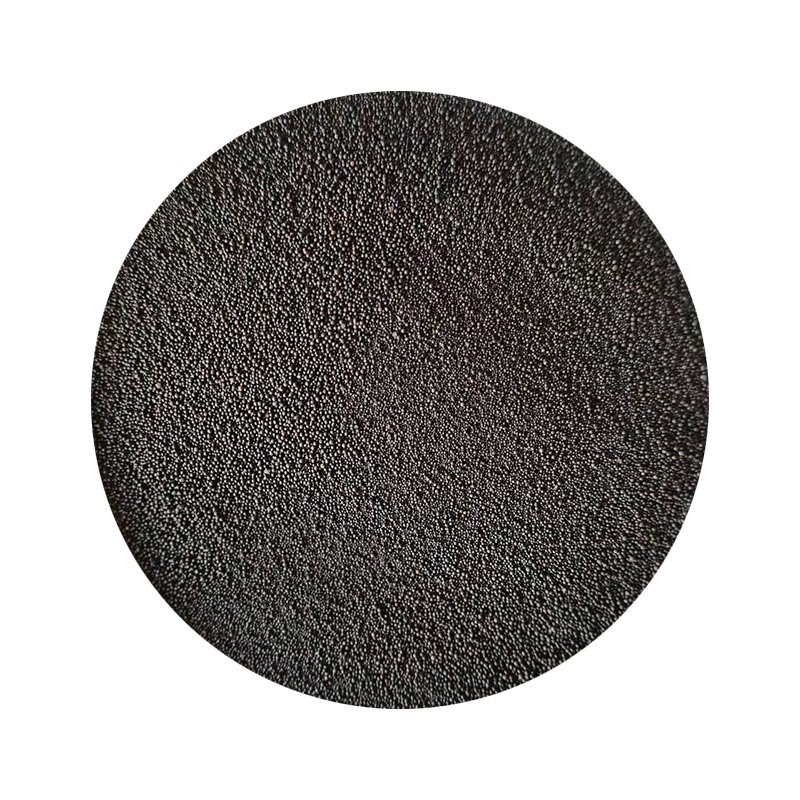The Essentials of Sanding Small 3D Prints
3D printing has revolutionized the manufacturing and prototyping processes, allowing enthusiasts and professionals alike to create intricate designs with remarkable precision. However, one common challenge that many encounter is the post-processing of 3D prints, particularly sanding. In this article, we will explore the significance of sanding small 3D prints, the techniques involved, and the tools required for achieving a smooth and professional finish.
Why Sanding is Important
Sanding plays a crucial role in enhancing the overall appearance and quality of 3D prints. While 3D printers are capable of producing detailed models, the layer lines that are characteristic of the printing process can detract from the aesthetic appeal of the finished product. Sanding helps to eliminate these unsightly lines, resulting in a smoother surface that is more visually appealing. Moreover, sanding can improve the functionality of printed parts, especially in applications where pieces need to fit together or move against one another, as a smoother finish reduces friction and enhances performance.
Steps for Sanding Small 3D Prints
1. Preparation Before you begin sanding, it is vital to ensure that your 3D print is clean and free from any debris. Using a soft brush or cloth, remove any loose particles to prevent scratches during the sanding process.
2. Choosing Sandpaper Select appropriate sandpaper for your project. For small 3D prints, it is advisable to start with a coarse grit (around 120-220) to quickly remove prominent layer lines. Once you have achieved a more even surface, progress to finer grits (320-600) for a smoother finish.
sanding small 3d prints

3. Sanding Technique When sanding, use a gentle and consistent motion. It's best to sand in a circular or back-and-forth motion rather than applying direct pressure in one spot, which can create uneven surfaces. For small details, consider using sanding sticks or files that can reach tight spaces and contours without damaging the print.
4. Wet Sanding For even smoother finishes, especially on plastic prints, wet sanding is an excellent technique. This involves using water or a sanding solution to lubricate the sandpaper, which helps to reduce dust and prevent clogging. It also minimizes the risk of overheating the material, which can happen when sanding dry.
5. Finishing Touches After achieving the desired smoothness, clean the print again to remove any remaining dust or debris. At this point, you might want to apply a primer or surface finish, which can further improve the appearance and texture of your print.
Tools You’ll Need
To ensure a successful sanding project, keep a few essential tools on hand - Various grits of sandpaper (coarse to fine) - Sanding blocks or sticks for better control - A soft brush or cloth for cleaning - Water or a sanding solution for wet sanding - Safety goggles and a dust mask to protect yourself from inhaling fine particles
Conclusion
Sanding small 3D prints may seem like a daunting task, but with the right techniques and tools, it can significantly enhance the quality of your finished product. By taking the time to appropriately sand your prints, not only will you improve their aesthetic appeal, but you'll also increase their functionality. Whether you're creating models for display or functional parts for a project, mastering the art of sanding can elevate your 3D printing experience to new heights.
Post time:nov. . 17, 2024 11:02
Next:hard sand casting
